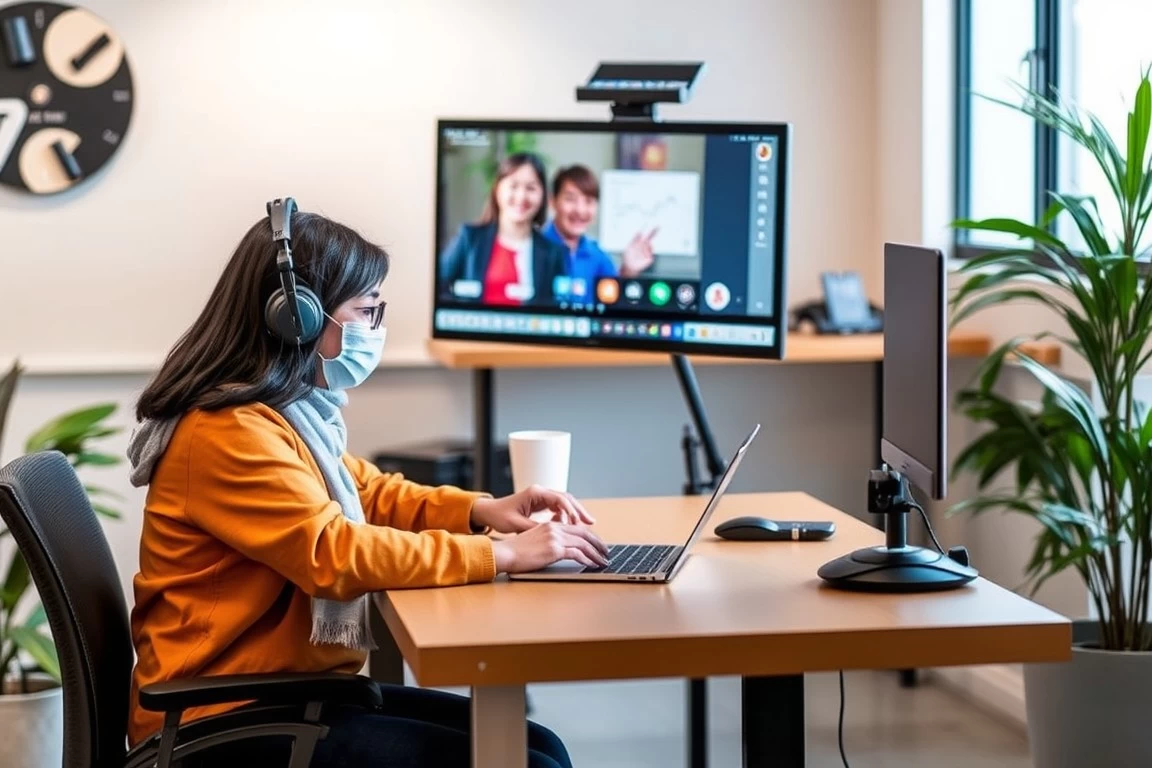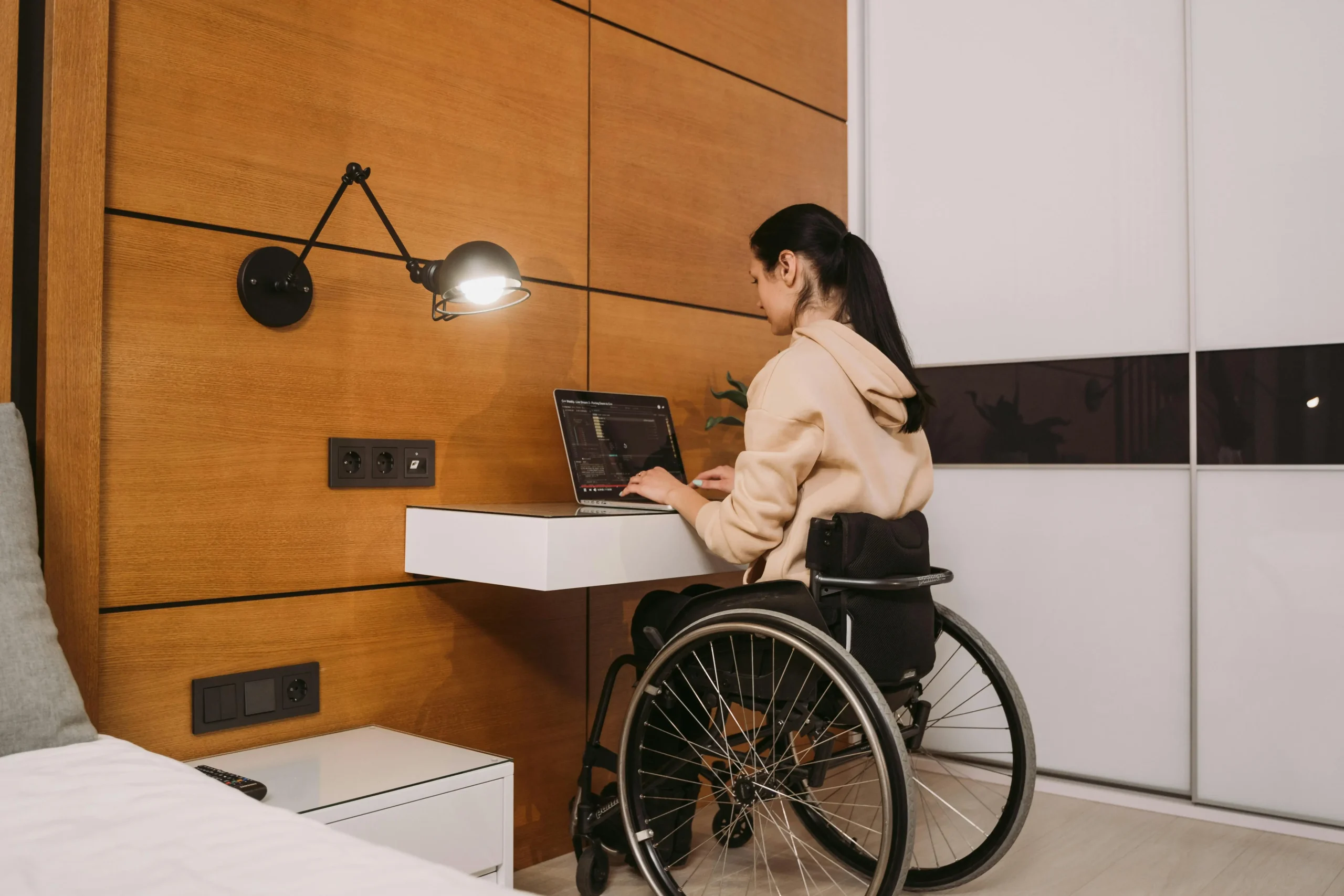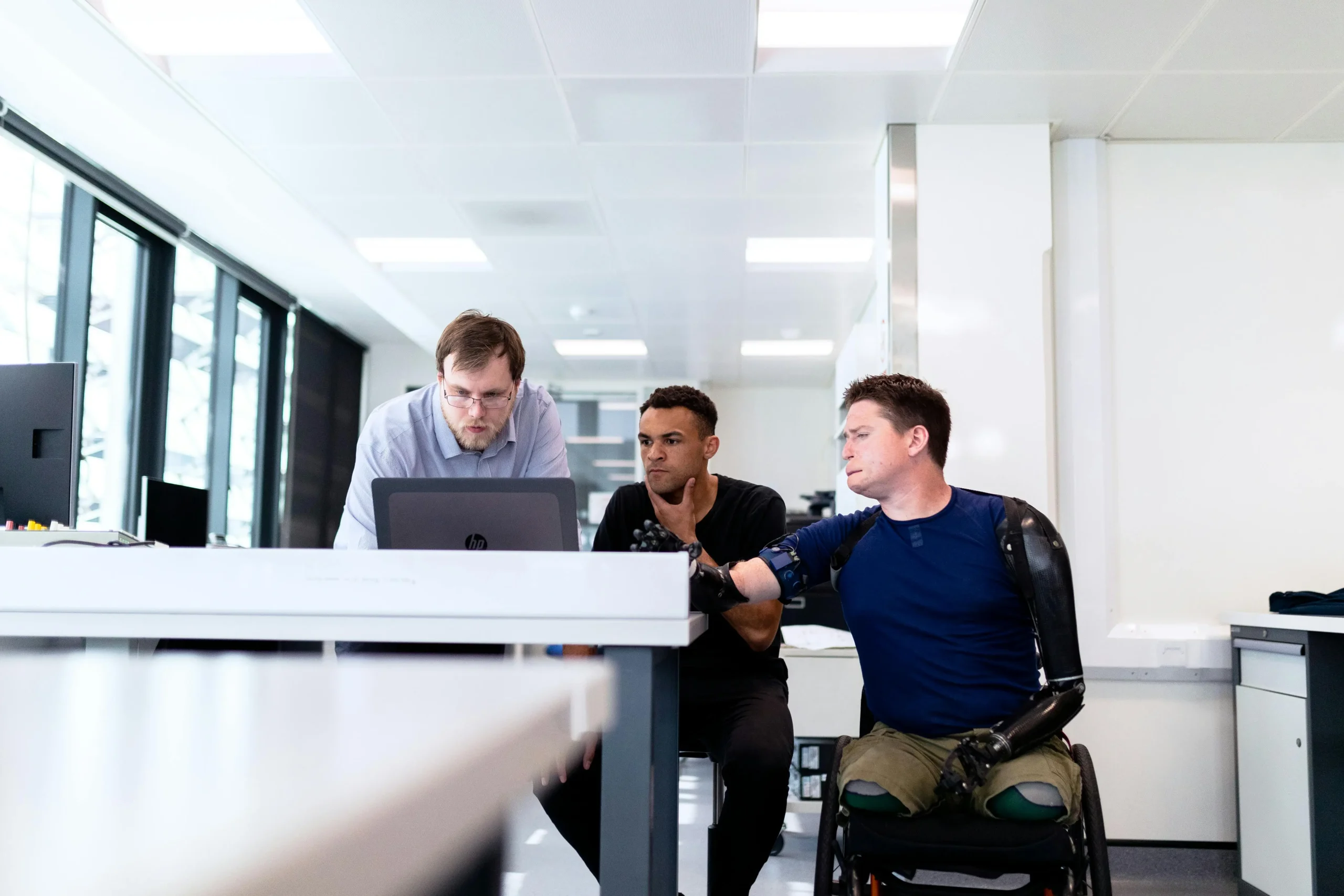The rise of remote work has opened new doors for people across industries, including workers with disabilities. However, to create truly inclusive and accessible workplaces, employers must provide the right tools and technologies that cater to the diverse needs of disabled employees. Accessibility in remote work goes beyond providing the ability to log in from home—it involves ensuring that everyone, regardless of ability, can fully engage with their tasks, teams, and workplace resources.
This blog will explore some of the top accessibility tools that employers can implement to support their remote disabled workers. By integrating these tools into your organization, you’ll not only comply with legal requirements but also foster a more inclusive and productive remote work environment for all employees.
1. Screen Readers for Visually Impaired Workers
Screen readers are essential tools for employees with visual impairments, allowing them to access digital content by converting text into synthesized speech or braille. This makes websites, documents, and software applications accessible to workers who are blind or have low vision. There are several robust screen reader options available today that are compatible with various operating systems and digital platforms.
Popular Screen Readers:
- JAWS (Job Access With Speech): JAWS is one of the most widely used screen readers for Windows users. It offers extensive keyboard shortcuts, voice customization, and braille display support. JAWS works well with most web browsers, office applications, and other common software used in the workplace.
- NVDA (NonVisual Desktop Access): NVDA is a free, open-source screen reader for Windows. It is particularly popular due to its affordability and robust feature set, including support for braille displays, keyboard shortcuts, and customizable voices.
- VoiceOver (Apple Devices): For remote workers using Apple devices, VoiceOver is the built-in screen reader for macOS and iOS. It is highly intuitive and integrates seamlessly with Apple’s ecosystem, providing users with a smooth experience across devices.
- TalkBack (Android): For employees who work on Android devices, TalkBack is Google’s built-in screen reader. It offers voice feedback and accessibility gestures to help visually impaired users navigate their phones and tablets.
By offering these tools and ensuring they are properly installed and supported, you can empower visually impaired employees to perform their tasks effectively and independently.
2. Voice Recognition Software for Workers with Mobility Impairments
Voice recognition software allows workers with mobility impairments or physical disabilities to control their computers using spoken commands instead of a keyboard and mouse. These tools are invaluable for employees who have difficulty typing or using a standard mouse due to conditions like arthritis, multiple sclerosis, or repetitive strain injuries.
Top Voice Recognition Tools:
- Dragon NaturallySpeaking: Dragon is one of the most advanced voice recognition software solutions available. It allows users to dictate documents, send emails, browse the web, and control their computer entirely by voice. Its high accuracy and customizable commands make it a favorite among many users.
- Google Voice Typing: Google’s Voice Typing, available through Google Docs and Google Workspace, is a free, cloud-based voice recognition tool. While it may not be as feature-rich as Dragon, it’s highly accessible and easy to use, especially for light tasks such as writing or data entry.
- Microsoft Speech Recognition: For Windows users, Microsoft’s built-in speech recognition tool offers a simple but effective way to control your computer using voice commands. It’s integrated into the operating system and can be used to navigate applications, dictate documents, and perform other basic tasks.
Providing voice recognition software ensures that employees with mobility impairments can interact with their devices without the need for complex or physically demanding input methods. This makes remote work more accessible and comfortable for them.
3. Video Conferencing Tools with Closed Captioning
Video conferencing has become a cornerstone of remote work, allowing teams to connect face-to-face even when they’re miles apart. However, for employees with hearing impairments, video calls can present challenges. Providing video conferencing tools with closed captioning capabilities helps ensure that everyone can participate fully in meetings and discussions.
Top Video Conferencing Tools with Accessibility Features:
- Zoom: Zoom is one of the most popular video conferencing platforms, and it offers built-in live transcription services, enabling participants to read what’s being said in real-time. The captions can be customized for better visibility, and transcripts can be saved after meetings for reference.
- Microsoft Teams: Microsoft Teams also offers live captions during video meetings, making it easier for hearing-impaired employees to follow along with conversations. Teams integrates seamlessly with Microsoft Office, providing additional accessibility options such as screen sharing and keyboard shortcuts.
- Google Meet: Google Meet provides real-time captions during video calls, automatically generating text as participants speak. This feature is available at no extra cost and can be easily activated during meetings.
By ensuring that your remote workers have access to these tools, you make it easier for hearing-impaired employees to stay connected and engaged during team meetings, presentations, and other important virtual events.
4. Assistive Technology for Cognitive Disabilities
Employees with cognitive disabilities may experience challenges related to memory, attention, and processing information. Assistive technology designed for cognitive accessibility can help these workers stay organized, focused, and productive while working remotely.
Top Cognitive Accessibility Tools:
- Grammarly: Grammarly is an AI-powered writing assistant that helps users with cognitive disabilities improve their writing by identifying grammar mistakes, suggesting word choices, and improving sentence structure. Its easy-to-use interface and real-time feedback can help employees communicate more effectively in emails, reports, and other written work.
- Todoist: Todoist is a task management app that helps employees organize their to-do lists, set priorities, and track progress. Its simple design and cross-platform availability make it a great tool for workers who need help managing their workload and staying focused throughout the day.
- Brain in Hand: Brain in Hand is a personalized support system designed for people with cognitive disabilities, including autism and mental health conditions. It helps users manage anxiety, develop routines, and access support when they need it. The app provides real-time assistance, which can be especially helpful for employees who work independently from home.
Providing cognitive assistive technology not only helps employees stay on top of their work but also reduces stress and enhances their overall well-being in a remote work setting.
5. Ergonomic Equipment for Remote Workers with Physical Disabilities
While software solutions play a key role in accessibility, it’s also important to consider the physical workspace of your remote employees. Ergonomic equipment can prevent discomfort and injury for workers with physical disabilities, allowing them to work comfortably and safely from home.
Essential Ergonomic Tools:
- Adjustable Desks: Adjustable desks allow employees to switch between sitting and standing positions throughout the day, reducing strain on the body. For workers with chronic pain or mobility issues, these desks can be a critical component of an ergonomic home office.
- Ergonomic Chairs: Ergonomic chairs provide support for the spine and joints, helping to prevent back pain and other discomforts associated with long hours of sitting. Look for chairs with adjustable armrests, lumbar support, and seat height to accommodate a variety of body types and needs.
- Keyboard and Mouse Alternatives: Specialized keyboards and mouse devices designed for ergonomic use can help workers with mobility impairments or repetitive strain injuries. For example, split keyboards, trackball mice, and touchpads can reduce strain on the wrists and hands.
By offering ergonomic equipment to your remote employees, you create a more supportive and accessible work environment, reducing the risk of physical discomfort or injury.
6. Remote Collaboration Tools with Accessibility Features
Collaboration is a crucial part of any successful team, but remote collaboration can be particularly challenging for disabled employees. Fortunately, many tools are designed with accessibility in mind, allowing disabled workers to participate fully in team projects and communications.
Top Accessible Collaboration Tools:
- Slack: Slack is a popular communication platform that offers various accessibility features, including keyboard shortcuts, screen reader compatibility, and customizable notifications. It’s widely used for team collaboration, enabling employees to communicate quickly and easily.
- Notion: Notion is an all-in-one workspace that combines note-taking, task management, and collaboration in one platform. It’s designed to be highly customizable, which can be especially helpful for employees with cognitive disabilities who need a clear, organized space to manage their work.
- Trello: Trello is a visual task management tool that uses boards and cards to help teams organize projects. It’s easy to use and can be customized with labels, due dates, and other features that support workers with different needs. Trello’s simple, visual interface makes it an excellent tool for employees with cognitive or learning disabilities.
Using accessible collaboration tools ensures that all employees, regardless of their disabilities, can contribute effectively to team projects and feel included in the organization’s goals.
Conclusion: Building an Inclusive Remote Work Environment
Creating an inclusive remote work environment for disabled workers requires more than just good intentions—it requires the implementation of effective accessibility tools and practices. By providing the right assistive technologies, ergonomic equipment, and accessible communication platforms, employers can ensure that their disabled employees are fully supported and empowered to do their best work.
As remote work continues to grow, it’s crucial for companies to remain proactive in making sure that all employees have the tools they need to succeed. At Equal Capable Jobs, we believe that every worker deserves a workplace that values their unique abilities and provides the resources they need to thrive. Visit Equal Capable Jobs today to learn more about how we’re connecting employers with talented disabled workers and fostering inclusive workplaces.













